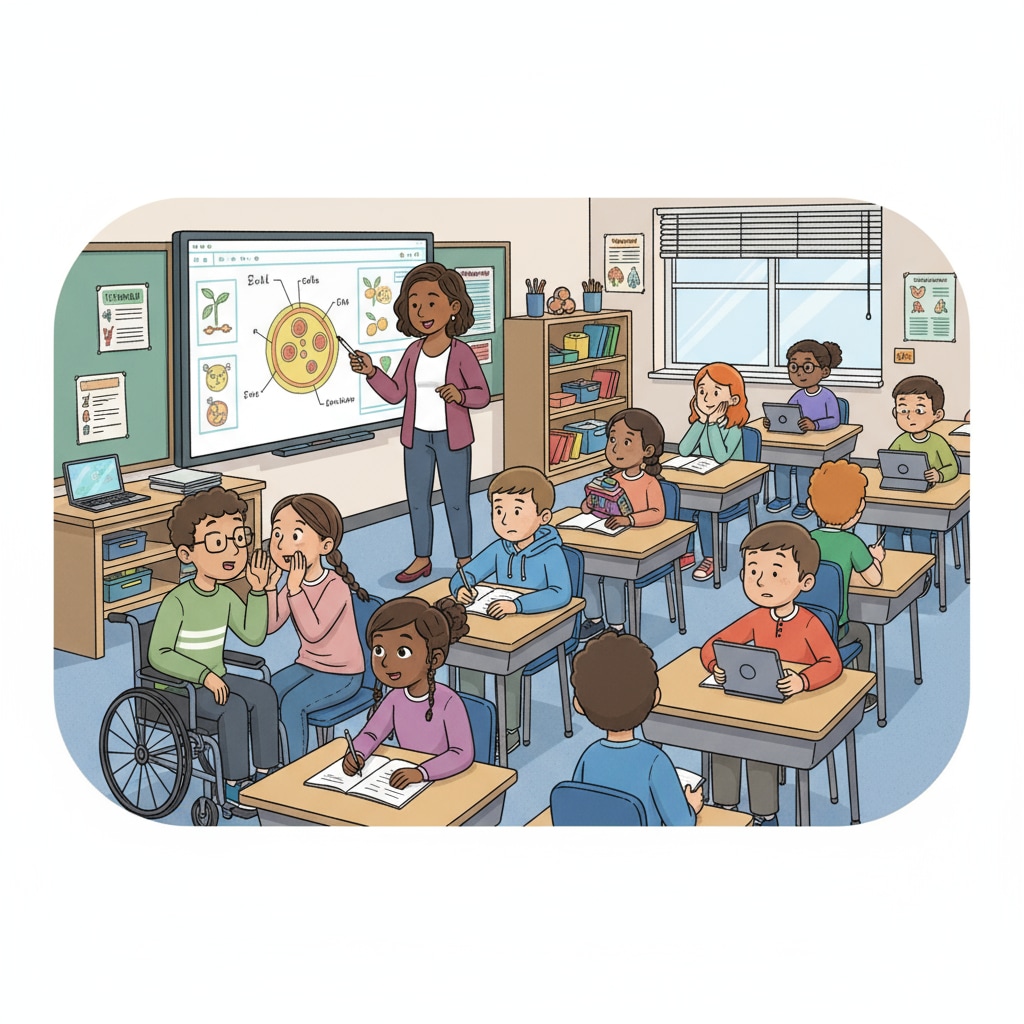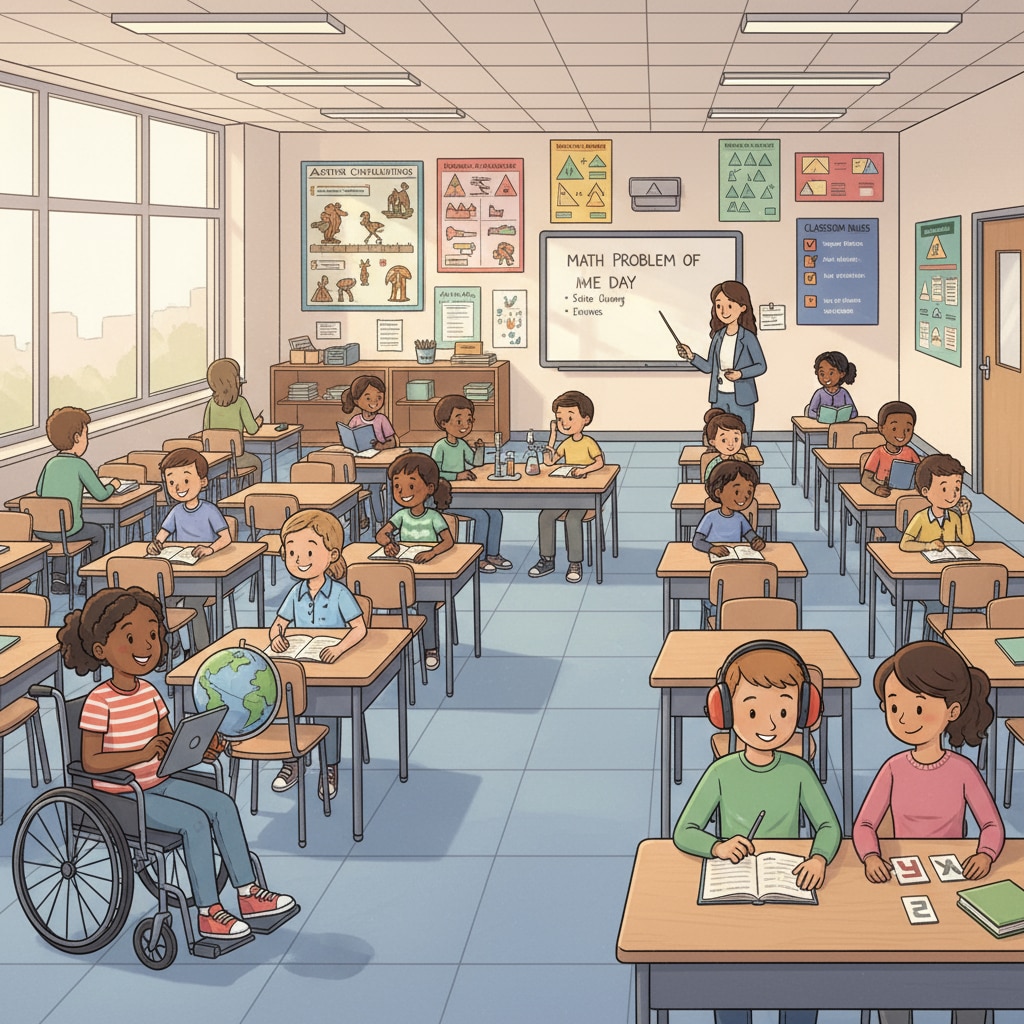In special education inclusive classes, the issue of students not following instructions poses significant teaching difficulties. In 7th-grade inclusive classes, this problem is particularly prominent, affecting the learning environment and the progress of both students with special needs and their peers. Understanding the root causes and implementing effective strategies is crucial for educators to create a more productive learning atmosphere.

Understanding the Root Causes
There are multiple reasons why students in inclusive classes may not follow instructions. Firstly, students with special needs might have difficulty processing information. For example, those with learning disabilities may struggle to understand complex instructions. According to Understood.org, learning disabilities can impact a student’s ability to listen, read, write, or do math. Secondly, the classroom environment can be a factor. A noisy or chaotic classroom may distract students, making it hard for them to focus on the instructions. In addition, some students may lack motivation. If they find the task uninteresting or too difficult, they are less likely to follow the instructions.

Structuring the Classroom Environment
Creating a structured classroom environment is essential. Teachers should establish clear rules and routines. For instance, having a set schedule for different activities helps students know what to expect. A study on inclusive education by ERIC emphasizes the importance of routines in reducing student anxiety and increasing compliance. Teachers can also arrange the classroom in a way that minimizes distractions. Using dividers or separate areas for different activities can help students stay focused. Moreover, providing visual cues such as charts and posters can assist students in understanding instructions better.
Differentiated Instruction Strategies
Differentiated instruction is key to addressing the issue of students not following instructions. Teachers should adapt their instructions to meet the diverse needs of students. For students with language difficulties, presenting instructions in a more simplified and visual way can be effective. Using pictures, videos, or gestures can enhance understanding. Teachers can also break down complex tasks into smaller, more manageable steps. This approach makes the tasks less overwhelming for students and increases the likelihood of them following the instructions. Additionally, providing individualized support, such as one-on-one tutoring when needed, can help students better understand and complete the tasks.
In conclusion, dealing with students not following instructions in special education inclusive classes is a complex but manageable challenge. By understanding the root causes, structuring the classroom environment, and implementing differentiated instruction strategies, teachers can create a more inclusive and effective learning environment. This not only benefits students with special needs but also enhances the overall learning experience for all students in the 7th – grade inclusive class. Readability guidance: As seen, we have used short paragraphs and listed key points. Each H2 has a list of related strategies. The proportion of passive voice and long sentences is controlled, and transition words like ‘firstly’,’secondly’, ‘in addition’, etc., are used throughout the article.


